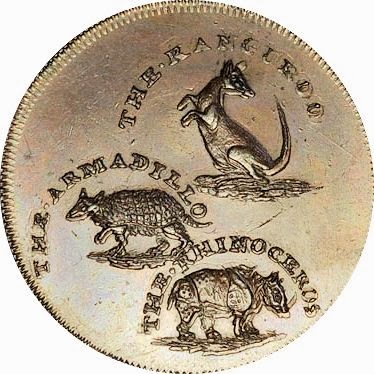Bicycle made for six or even more.
Heard a story the other day.
There was this cycling club on Merseyside which decided to do a fundraiser for a charity or a new clubhouse or perhaps, given the location, just a pub crawl.
Anyway, they decided to do something different like a ride from Lands end to John o groats, and some bright spark hit on the idea of using the longest tandem they could find. A tandem used to be for two riders, but then it developed into three or more. Most serious cyclists have got bits and pieces of bikes in their sheds or garages, remnants of crashes, adaptations or what have you, so these were all pooled and eventually there was a tandem for six riders. Looked a bit weird but still rideable they thought.
Six club members were chosen for the team and a practice ride was agreed for a Saturday morning, just around the town to see if any adjustments were necessary.
Off they went in high spirits and it seemed to be ok at first, a few stops to adjust a chain here, a gear there and so on. Eventually though they agreed that it was more thirsty work than usual, and there were no stewards along the way handing out bottles of beverage so a refreshment stop was agreed on.
A suitable hostelry appeared not long thereafter, this being Merseyside, and a stop it was. Pub car parks are notoriously unsuitable for the parking of bikes, particularly one that was eight foot long. Across the road was a group of old shops with those little posts on the edge of the pavement with chains in between, so they parked the bike there. This was just outside one of those local art gallery and artists supply shops, so whilst five of the team went over to the pub, one of them popped inside the gallery to find some finger painting stuff for his five year old daughter.
Whilst inside a long haired type came in and asked the shop owner who had created the installation displayed outside. Shop owner was a bit perplexed as he only had a couple of paintings on easels and a smallish garden ornament masquarading as a sculpture on his forecourt. Long hair explained that he was referring to the “ conjunction of circles and angles linked by chains and cogs into a symmetrical whole obviously inspired by one of da vincis drawings and suggesting that humans needed companionship through the lifes journey”
Being a gallery owner he was quite used to interpreting art speak and realised right away what was going on, so decided to have a quiet laugh and pointed out the cyclist as being the owner.
"How much do you want for it " says longhair .
Now the cyclist had already decided that Lands end to John of wotsit was going to be a bloody long way, and not being slow says "couldn't take less than two undred"
"I'll give you a hundred and fifty" says long hair wanting to strike a bargain.
"Hundred and seventy five and it's yours"
"Done"
Longhair whips out a cheque book and writes a cheque for £175,000 hands it over and straight out the door, loads the tandem into the back of his specially adapted Rangerover and was off before the cycling artist could change his mind.
The gallery owner agrees to cash the cheque for a ten per cent commission and Leonardo da Cyclist goes over to the pub to give his friends the bad news that the ride was off until they could build another tandem.
Don't know if this story is true or not, seems a bit unlikely to me, but there is something like that tandem on display in a Art gallery not far from you



